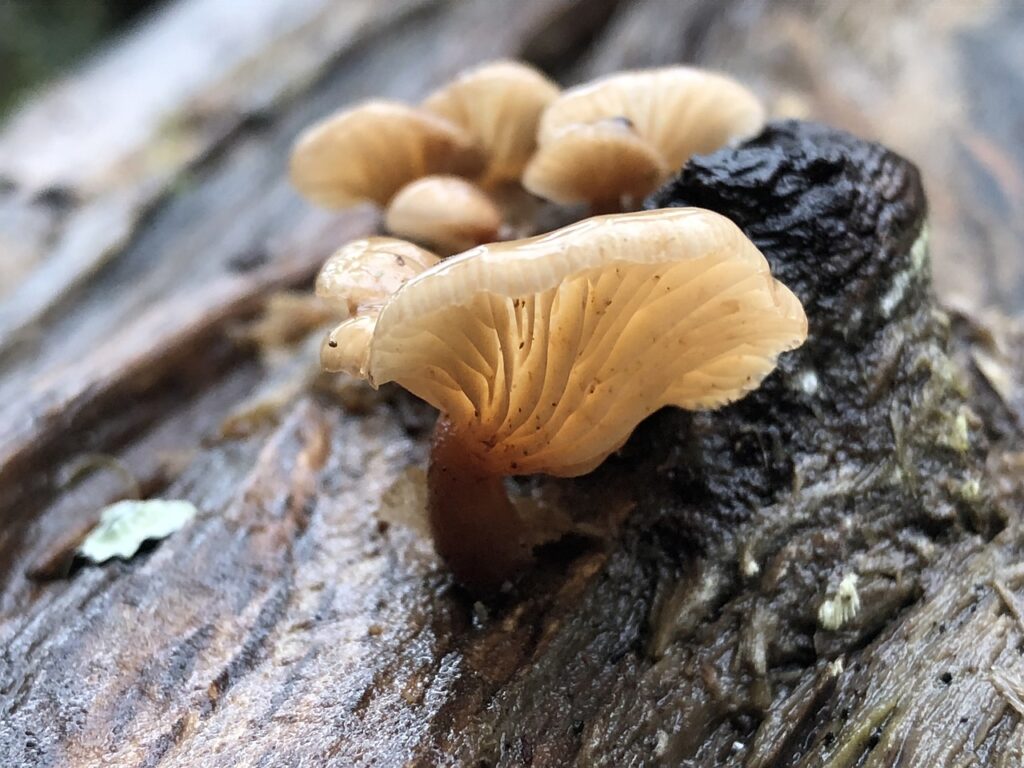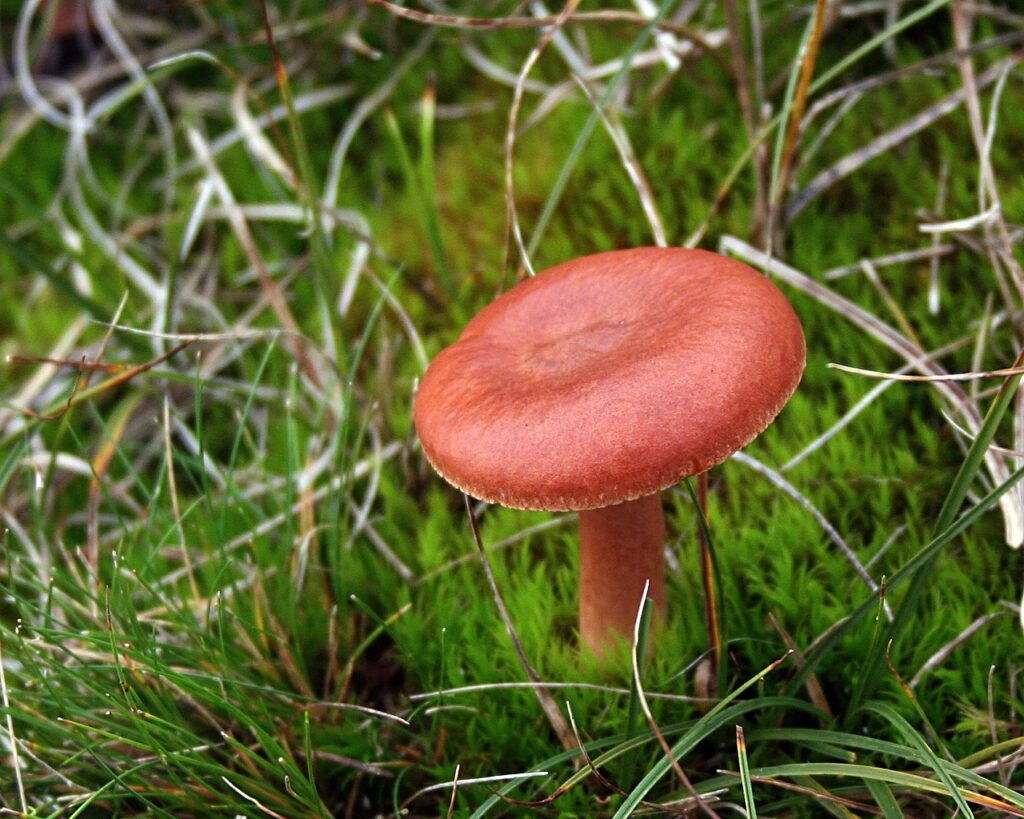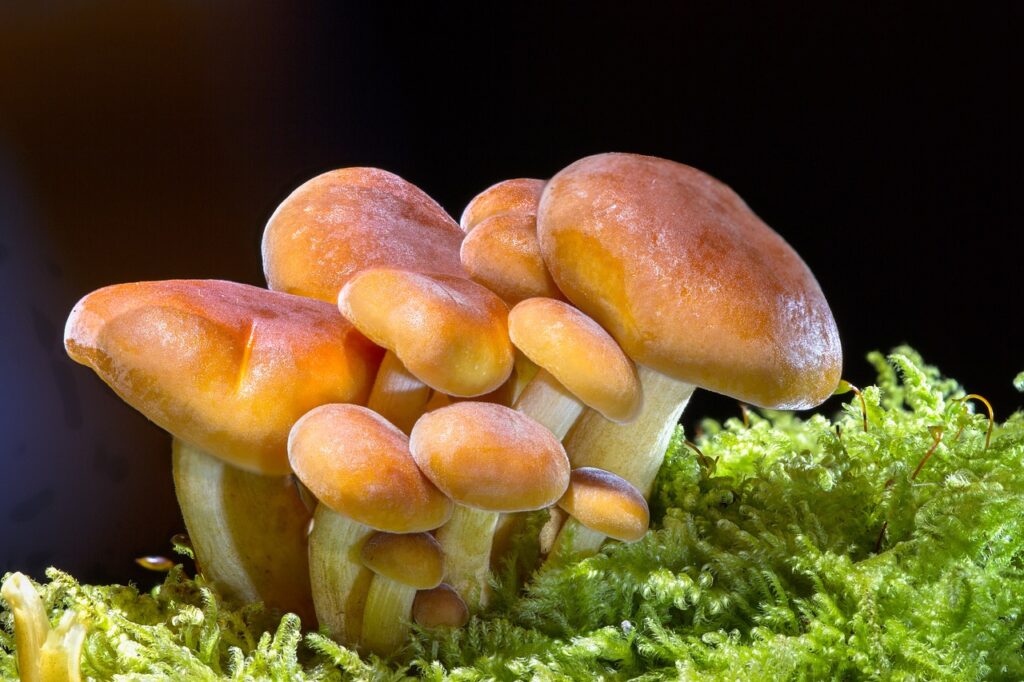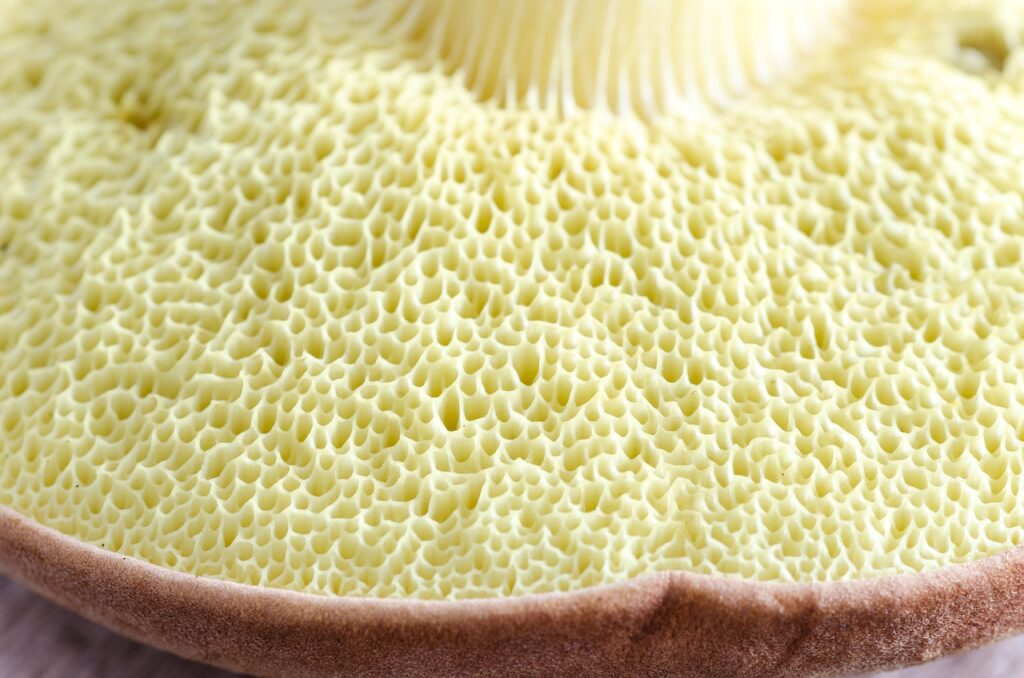Mushroom spores are the reproductive units of fungi, akin to seeds in plants. These tiny structures, usually produced in large quantities by mature mushrooms, serve as the primary means of fungal dispersal and reproduction. Upon release, spores can travel through the air or water, colonizing new habitats and establishing fungal populations.
1. What Are Mushroom Spores?
Mushroom spores are single-celled reproductive structures produced by fungi as part of their life cycle. These microscopic cells contain genetic material and are capable of germinating under suitable environmental conditions to produce new fungal growth.
2. How Are Mushroom Spores Produced?
Mushroom spores are typically produced within specialized structures on the fruiting body of the fungus, such as gills, pores, or spore-bearing surfaces. When mature, these structures release spores into the surrounding environment, where they can be dispersed by wind, water, or other means.

3. What Is the Role of Mushroom Spores in Fungal Reproduction?
Mushroom spores serve as the primary means of fungal reproduction, allowing fungi to disperse and colonize new habitats. When spores land on suitable substrates and conditions are favorable, they can germinate and develop into new fungal colonies, continuing the fungal life cycle.
4. How Do Mushroom Spores Germinate?
Mushroom spores germinate in response to favorable environmental conditions, such as moisture, nutrients, and suitable substrate. Germination begins with the activation of spores and the growth of hyphae, which eventually form a network of mycelium—the vegetative body of the fungus.
5. How Long Do Mushroom Spores Remain Viable?
The viability of mushroom spores varies depending on factors such as species, storage conditions, and environmental stressors. While some spores can remain viable for years under optimal conditions, others may lose viability more quickly, particularly when exposed to adverse conditions such as high temperatures or desiccation.

6. Can Mushroom Spores Be Harmful?
In most cases, mushroom spores are harmless to humans and other organisms. However, certain fungal spores may cause allergic reactions or respiratory issues in susceptible individuals, particularly when inhaled in large quantities. Proper precautions should be taken when handling or working with mushroom spores to minimize potential health risks.
7. Are Mushroom Spores Edible?
While mushroom spores themselves are not typically consumed, many mushroom species are valued for their edible fruiting bodies. Spores are often dispersed when mushrooms are harvested or consumed, contributing to fungal reproduction in the environment.
8. Microscopy Study of Mushroom Spores: Exploring the Hidden World
Microscopy plays a crucial role in the study of mushroom spores, allowing researchers and enthusiasts to explore the hidden world of fungal reproduction and taxonomy. By examining spores under a microscope, scientists can gather valuable information about spore size, shape, color, and ornamentation, which are essential for identifying different mushroom species and understanding their evolutionary relationships.
Microscopy Techniques: Microscopy techniques such as light microscopy and electron microscopy are commonly used to study mushroom spores in detail. Light microscopy, with its high resolution and magnification capabilities, allows for the visualization of spore morphology and structure. Electron microscopy, on the other hand, provides even greater detail by using electron beams to achieve higher magnifications and resolutions.
Applications in Taxonomy and Research: Microscopic analysis of mushroom spores plays a crucial role in fungal taxonomy and classification. By comparing spore characteristics across different species, researchers can identify diagnostic features that distinguish one species from another. This information helps in the accurate classification and naming of mushrooms, contributing to our understanding of fungal diversity and evolution.
The Hobby of Microscopy: Beyond scientific research, microscopy is also a popular hobby among enthusiasts interested in exploring the microscopic world. Hobbyists often collect mushroom specimens from nature or cultivate them at home, then use microscopes to examine spores and other fungal structures. This hands-on approach allows hobbyists to appreciate the intricacies of mushroom morphology and gain insights into fungal biology.
Educational Value: Microscopy of mushroom spores can be a valuable educational tool for students and amateur mycologists alike. By observing spores under a microscope, learners can develop a deeper understanding of fungal reproduction, morphology, and ecology. Hands-on microscopy activities also foster curiosity and critical thinking skills, making them an engaging way to learn about the natural world.
To wrap it all up: The microscopy study of mushroom spores offers a fascinating glimpse into the hidden world of fungi. Whether for scientific research, hobbyist exploration, or educational purposes, microscopy provides valuable insights into mushroom morphology, taxonomy, and ecology. By delving into the microscopic realm, enthusiasts can unlock the secrets of mushroom spores and gain a deeper appreciation for the diversity and complexity of fungal life.


Pingback: Harnessing the Power of Mushroom Spores for Mycoremediation -